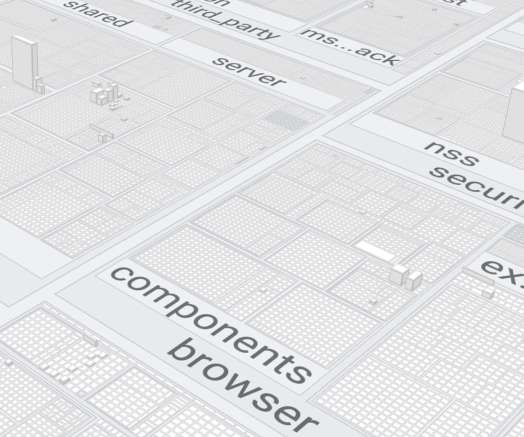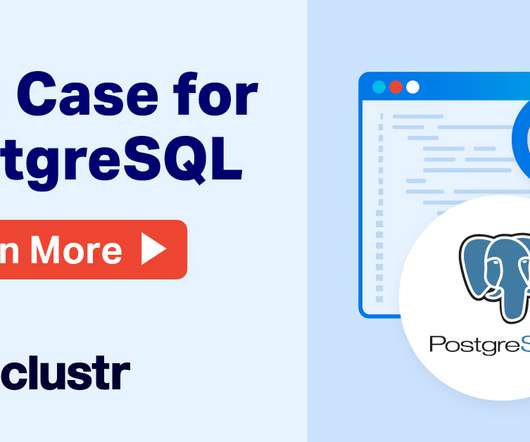Enabling privacy and choice for customers in data system design
Lacework
NOVEMBER 1, 2023
This article addresses privacy in the context of hosting data and considers how privacy by design can be incorporated into the data architecture. This is how Lacework puts customers first — by ensuring protection and control of customer data is at the core of our technology and data architecture design.














Let's personalize your content